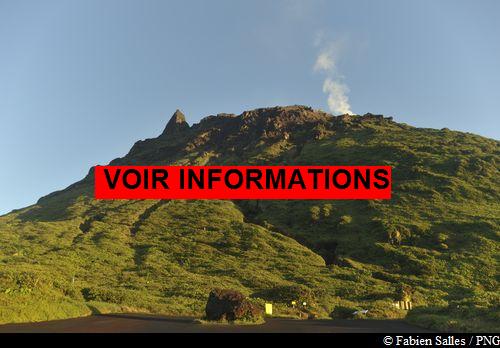
La Soufrière
"It was as late as January 1885, almost four centuries after the discovery of Guadeloupe, that under the auspices of Mr. Rollin, the mayor of Saint-Claude, a suitable path was opened in order to cross the woods of Bains Jaunes and guide the Count and Countess of Bardy to La Soufrière." G.Werter, "Coureur des Bois".
Attachment
- Downloadpdf
BRGM_sources_hydrothermales_du_massif_de_la_Soufriere.pdf
Credit: fiche pédagogique BRGM au sujet des sources hydrothermales du massif de la Soufriere - BRGM
19 points of interest
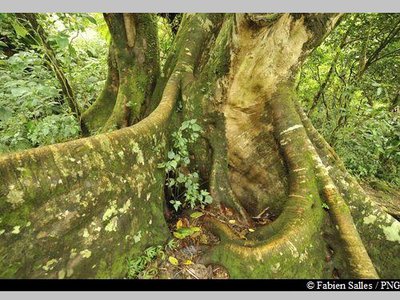
Figuier - Fabien Salles / PNG  Flora
FloraShortleaf fig
The shortleaf fig tree (Ficus citrifolia) is a member of the Moraceae family. It is quite a unique tree: as an epiphyte, it has the ability to grow on competing trees. Its aerial roots develop by dropping downwards and then branching out as the tree grows. It can strangle competing trees and kill them.
The shortleaf fig can grow both on the ground and on buildings.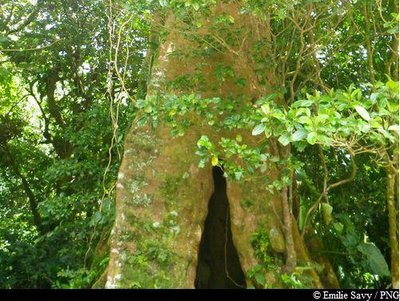
Acomat Boucan - Emilie Savy / PNG  Flora
FloraAcomat boucan
The Acomat boucan (Sloanea caribaea) belongs to the Elaeocarpaceae family. It is an extremely large tree that can grow up to 40 metres tall. It is the most spectacular tree in the Sloanea genus. It has an exposed trunk and magnificent buttresses, with reddish-brown bark that starts to peel off into thin strips when the tree starts to age.
Formerly, visitors to the forest would make use of its enormous buttresses to shelter their fires and to smoke meat. It has since been established that lighting fires among the roots is not conducive to the well-being of trees.
le bassin des Bains Jaunes - Fabien Salles / PNG  Area of relaxation
Area of relaxationLes Bains Jaunes
Set amid the forest of the same name, the site of Les Bains Jaunes has long been a popular destination. The first dwellings here were the ajoupa of the Igneri people, followed by mouina of the Carib Indians.
Many years later, it became an important stopping-off point on the road to La Soufrière. In the late nineteenth century, the soldiers from Saint-Claude built a convalescent home and shooting range. Around 1910, the famous Mountaineers Club erected a makeshift shelter and later, in 1947, the Renaissance association built their own shelter, designed for hikers and swimmers. That building was later to become the Maison du Volcan, which has since closed. It is thanks to the soldiers of the Marine Infantry, who were sent to Bains Jaunes in order to "acclimatise themselves", that a stone lagoon - still in place today - was built in 1887.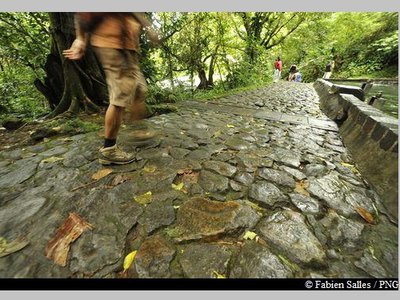
sentier du Pas du Roy - Fabien Salles / PNG  History
HistoryLe Pas du Roy
"Lest we forget that we owe the current path of Le Pas du Roy to the battalion commander, Mr. Legot. He replaced the old path that was originally mapped out by Mr. Rollin in January 1885 to guide the Count and Countess of Bardy to La Soufrière." Gérard Werter, "Coureur des Bois".
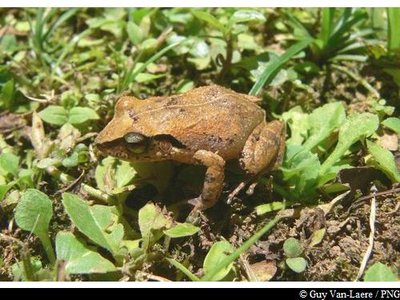
Hylode de la Martinique - Guy Van-Laere / PNG  Fauna
FaunaThe frogs of Guadeloupe
There are two endemic species of frog in Basse-Terre: Hylode de Barlagne (Eleutherodactylus barlagnei) and Hylode de Pinchon (Eleutherodactylus pinchoni), and if you listen carefully you might just hear them ribbiting at Pas du Roy. Both species are dark in colour and measure 2-3 centimetres in length. But, the most common species in Guadeloupe is the Martinique Robber Frog (Eleutherodactylus martinicencis).
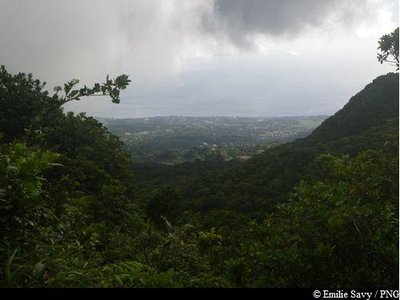
vers Baillif ... - Emilie Savy / PNG  Viewpoint
ViewpointViews of Baillif
Views of Baillif to the west and Piton Tarade to the north-west.

vue sur Les Saintes ! - PNG  Viewpoint
ViewpointViewpoint of La Soufrière
From the old car park of Savane à Mulets, views of La Soufrière to the north and, on a clear day, of Les Saintes to the south.
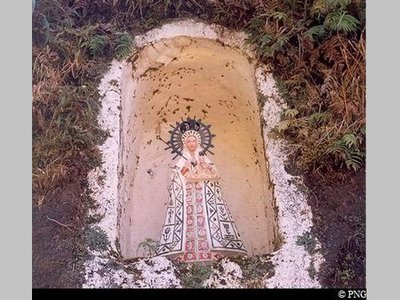
Notre-Dame de la Guadeloupe - PNG  Cultural and architectural heritage
Cultural and architectural heritageNotre Dame de la Guadeloupe
After La Soufrière erupted in 1956, a statue of Notre Dame de la Guadeloupe was erected here, in a small chapel housed within the rock. The parishioners of Saint-Claude regularly adorn it with flowers and candles to give thanks to the volcano for its clemency.
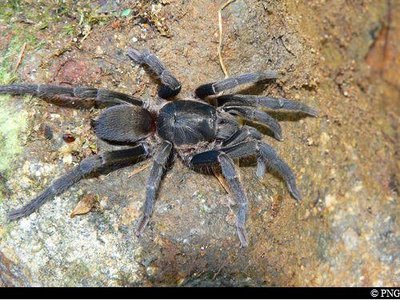
Mygale de la Soufrière - PNG  Fauna
FaunaHolothele sulfurensis
This species of spider (Holothele sulfurensis) can only be seen on La Soufrière massif, above 700 metres. It makes its home underneath rocks.
Dark brown in colour, it measures 1-2 cm. Despite being a tarantula, this particular species is not poisonous.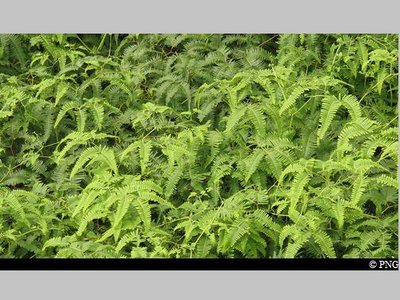
Fougère calumet - PNG  Flora
FloraDicranopteris pectinata
Dicranopteris pectinata is a member of the Gleicheniaceae family. It is a pioneer species that is so typical of open and sunny areas. It colonises landslide areas, the edges of forest roads, river banks and, generally, any surfaces that have been severely stripped back in wet areas. This fern's network of underground roots plays a key role in consolidating the topsoil.
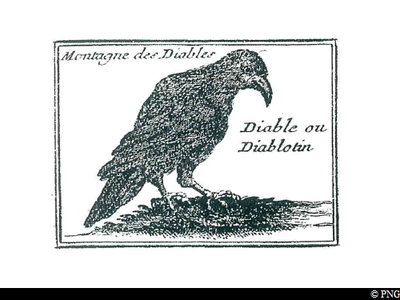
Le Diablotin - PNG  Fauna
FaunaLe Diablotin ("The Little Devil")
La Soufrière was once home to a bird named Le Diablotin ("The Little Devil"). This petrel nested in holes carved into the mountain sides. Living solely on a diet of fish, it left its home after dark to go fishing at sea. A highly-prized game bird, it disappeared from Guadeloupe in around 1880.
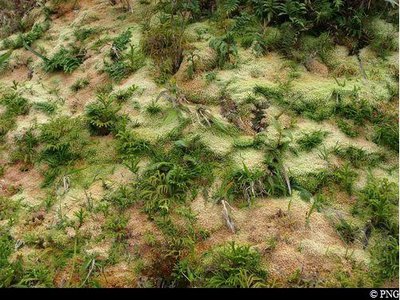
Sphaignes et mousses - PNG  Flora
FloraPeat mosses and other mosses
In upland savannas, peat and other mosses form thick carpets, reminiscent of peatlands in cold areas or temperate highland areas. Peat mosses and mosses dominate the vegetation of La Soufrière and in virtually flat areas or in basins that are constantly waterlogged, where they live in almost aquatic conditions.

Lycopodes - PNG  Flora
FloraClubmosses
The Lycopodium genus includes a number of species which are botanically similar to ferns and spikemosses. As pioneer plants, the Clubmosses are the first to settle on the ground after volcanic eruptions. Thanks to the abundant spores that are produced in their small and densely-packed refracted ears, found at the ends of the branches, they can multiply freely.

Eboulement Faujas - PNG  Geology
GeologyThe Faujas landslide
This landslide was caused by a phreatic explosion in 1798. Blocks of stone, ash and mud overflowed onto Matouba (top of the village of Saint-Claude) and into the valley of the Rivière Noire. The landslide was named after a famous geologist from the late eighteenth century, Barthélémy Faujas de Saint-Fond.
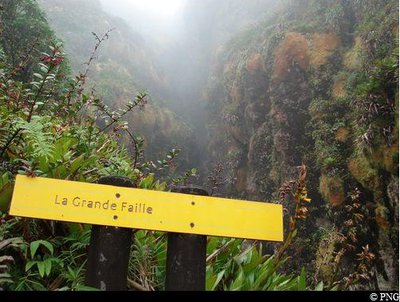
La Grande Faille - PNG  Geology
GeologyLa Grande Faille
"La Grande Faille (The Great Fault) of the north, at around 100 metres deep and 3-4 metres wide, crosses La Soufrière from north to south [...]. In its northern section, it featured a chasm measuring 15 metres long, covered with a thick layer of sulphur crystals, which has been given the rather grand name of "Lac de Soufre" (Sulphur Lake)." Gérard Werter, "Coureur des Bois". On account of erosion caused by rainwater, sulphur powder has completely disappeared.
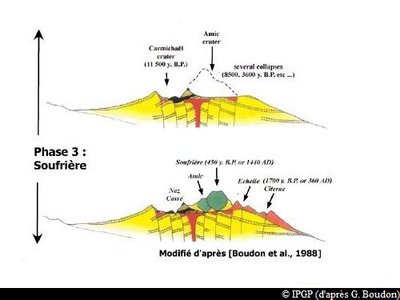
Formation de la Soufrière (phase 3) - IPGP (d'après G. Boudon)  Geology
GeologyHow La Soufrière was formed
La Soufrière is part of a recently-formed volcanic complex, situated in the south of Basse-Terre. It consists of two formations: the composite volcano of la Grande Découverte, whose last activity resulted in the creation of La Soufrière, and the smaller volcanic complex of la Madeleine - located to the southeast of the former.
There were three primary phases behind the formation of La Découverte.
* 200,000-42,000 years ago : Grande Découverte phase.
On the south side of the Pitons de Bouillante and Sans Toucher: alternating lava flow stages and pyroclastic stages. These brought about the formation of the Grande Découverte caldera, of which only the northern wall remains visible today.
* 42,000-11,500 years ago : Carmichaël phase.
Formation of the Carmichaël massif, dominated by lava flows, within the Grande Découverte caldera. Two successive eruptions destroyed the uppermost part of the volcano.
* 8,500 years ago - present : Soufrière phase.
Eruptions took place largely within or on the rims of the Amic crater. Three magmatic eruptions followed, giving rise to the current form of La Soufrière and l'Echelle.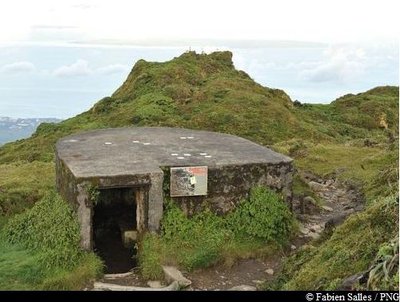
abri de la Soufrière - Fabien Salles / PNG  Mountain shelter
Mountain shelterLa Soufrière shelter
It was opened in 1935 by governor Bouge. Among the 1,000 people who climbed the volcano that day to attend the ceremony was Camille Thionville, the founder of the Mountaineering Club. He was 78 and this trip was to be his last hike of the volcano. At the time, it was common for hikers to spend the night in this small shelter.
Renovated in 1982, it is now open as a shelter in the event of bad weather.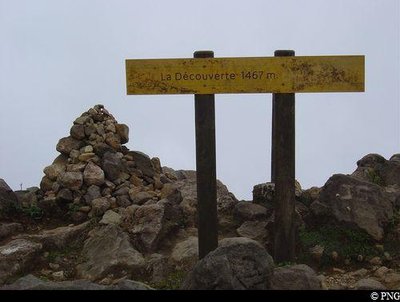
sommet de la Soufrière : "la Découverte" - PNG  Summit
SummitTop of La Soufrière
Situated at 1,467 metres above sea level, La Découverte is the highest point in Guadeloupe and the Lesser Antilles. On a good day the views can be spectacular, but it is also extremely common for there to be gusts of 50 km/h! With bumps and stony crevices, the plateau at the summit of La Soufrière offers a lunar-like landscape in places. It was the French naturalist Felix Herminier who was responsible for the toponymy of the summit of La Soufrière.
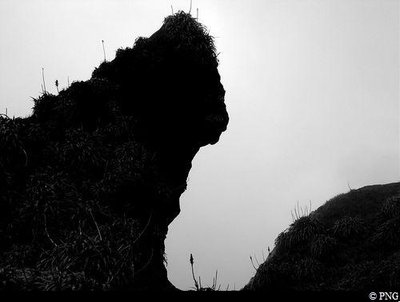
"La Guenon" de La Porte d'Enfer - PNG  History
HistoryLa Porte d'Enfer
Here, at La Porte d'Enfer ("Hell's Gate"), bold and intrepid visitors to La Soufrière would complete their final ascent of the volcano. They stopped off half way through the Chemin des Dames and climbed the steep slope to reach it. It is guarded by La Guenon, a rock with a monkey-like face, which dominates one of the walls of this site. Not so far away from here, Le Piton Dolomieu (1,464m) is also visible. There are many names that allude to the infernal dimension of La Soufrière: la montagne à diables (devil mountain), le pont du diable (devil's bridge), la mare aux diables (devil pool), le diablotin (the little devil) and of course, la Porte d'Enfer itself.
Description
Hiking trail colour: yellow
Make sure to consult the many information boards throughout the trail. Starting from the parking area of Bains Jaunes, take the "Pas du Roy" paved path. At the intersection, leave the access to the Chute du Galion on your right and keep going straight on until the old parking area at the foot of La Soufrière: La Savane à Mulets, alongside Roche à Cortez. As you climb up to the left, the trail becomes more rocky and the vegetation more trim the higher you go. At La Grande Faille, go straight on. The climb is steep. Go around the top plateau of La Soufrière from the right. There is plenty of information available about the wealth of interesting things to discover: the summit of la Grande Découverte, la Porte d'Enfer, the craters, and much more.
Then head back down the trail until you reach La Grande Faille, keep going straight on until la Savane à Mulets, and return to the car park by le Pas du Roy. For a nice, relaxing break, simply return to the hot water springs back near the parking area.
- Departure : Bains Jaunes, Saint-Claude
- Arrival : Bains Jaunes, Saint-Claude
- Towns crossed : Saint-Claude
Altimetric profile
Recommandations
As Guadeloupe is prone to natural risks, extra care should be taken in this natural environment. For the benefit of all hikers, responsible behaviour is very important.
Beware of sulphurous gas emissions, which are highly toxic: do not cross the protective barriers. In the event of bad weather at the summit plateau of La Soufrière, such as rain or fog, follow the yellow stakes in the ground carefully.
Please note : the parking and swimming areas are not supervised.
Make sure you adhere to any rules issued by the Regional Health Agency concerning hot baths.
Information desks
Headquarters of the National Park of Guadeloupe
Montéran, 97120 Saint-Claude
The reception and shop are open to the public :
- Monday, Tuesday and Thursday : 8 am to 12.30 pm and 2 pm to 5 pm.
- Wednesday : from 8 am to 1 pm.
- Friday : 8 am to 12.30 pm.
Services : reception, shop, toilets, free parking. Building accessible to people with reduced mobility.
Localisation GPS : Lat: 16,01634 N - Lng: 61,70753 W.
Access and parking
GPS coordinates of the start point : Lat : 16,03459 N - Long : 61,6701 W.
Go through the town of Saint-Claude, passing the post office and the university. Continue uphill on Route RD11, passing through the picnic area of Beausoleil. Keep going until the end of the road and park at the Bains Jaunes parking area, using one of the spaces provided. (The Savane à Mulets parking area and main access road are closed to traffic because of potential landslide risk).
Parking :
More information
Source
Report a problem or an error
If you have found an error on this page or if you have noticed any problems during your hike, please report them to us here:

